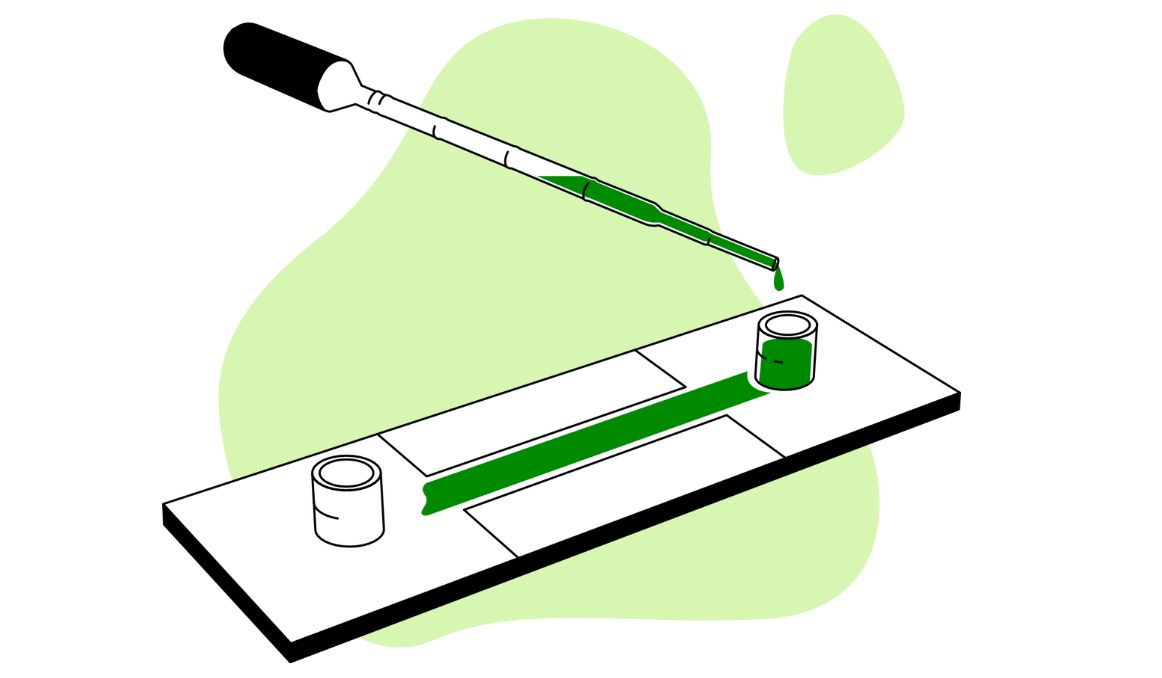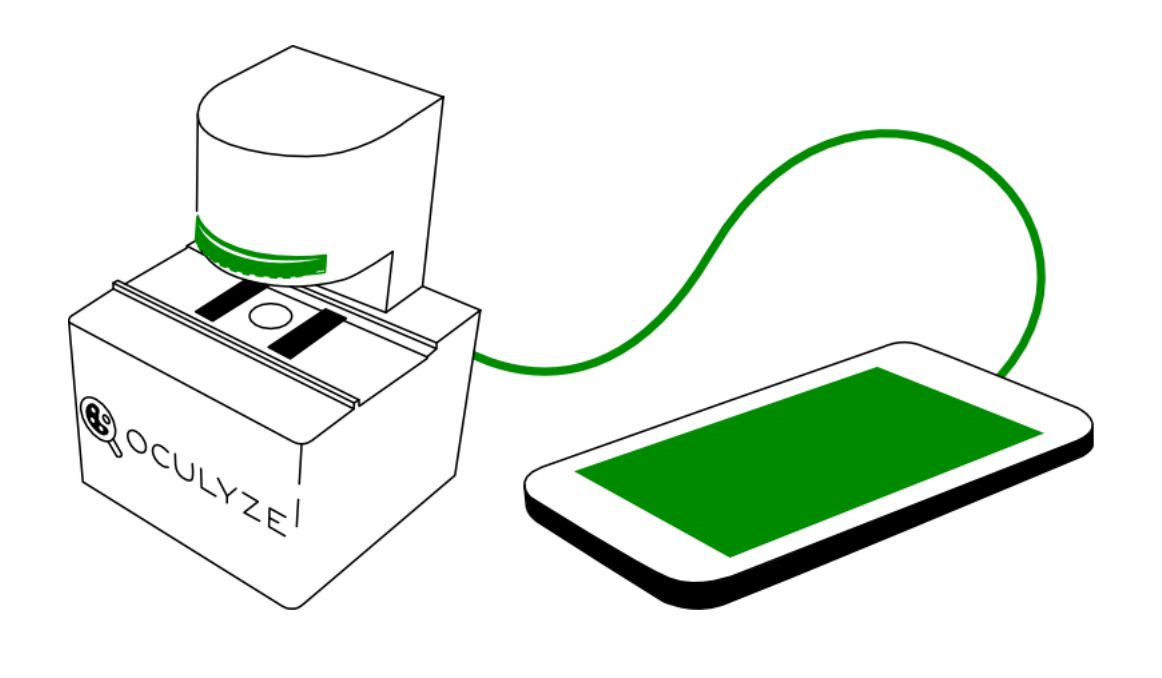The Best Microscope for Counting Yeast Cells
When considering the best microscope for counting yeast cells, many factors exist. And the great thing is that brewers now have so many options to choose from.
Of course, this great thing can also be a nightmare if you don’t know what to look for, or why.
To begin, let’s discuss why you need to count yeast cells in the first place, which will allow us to explore which microscope is best for those reasons.

Counting Yeast Cells
Realize that counting yeast cells is a relative brand new phenomenon in the brewing world, and in the world in general.
It was in 1857, less than 200 years ago, that French scientist Louis Pasteur discovered yeast and the role it had been playing in fermentation.
Brewing has been around for thousands of years, and winemaking for even longer.
Which means brewers and wine makers have been working with yeast without worrying about yeast cells, or counting them, for just as long.
In the beginning, the process was simple: malt the grain to convert starches to sugars, crack the grain to expose those sugars, boil and steep the grain, add some hops, and let nature take its course.
“Nature” of course meant yeast.
Wild yeast is naturally occurring, is pretty much everywhere that is warm, moist, and oxygen and sugar rich, waiting to do its one job – ferment.
So when brewers would make their wort and leave it out in the open air, yeast would be drawn to the sugars and get right to work.
It really has always been a very natural process that required very little human intervention.
But we humans love to “improve” on nature, and so shortly after we discovered the function of yeast, we began to capture it, harvest it, package it, and sell it.
Once we harnessed nature, we needed to account for it.
Now, most yeast strains used in beer, and there are dozens upon dozens of them, can be purchased by a manufacturer in liquid or dry form.
Brewing, which has always been a craft, is now also a science.
And while there are those brewers brave and bold enough to work with wild yeast, meaning they simply allow nature to take its course as in the old days, it still pays for brewers to act the role of the scientist to really hone our craft.
Why Counting Yeast Cells Matters
Because we can, we really should.
Thanks to the advent of the microscope and our greater understanding of the role of yeast, how it functions, and how it relates directly to the end product, counting yeast cells can allow for the craft brewer to better hone that craft.
Why?
When you count yeast cells, you are also often looking at how many yeast cells are alive, or viable, in the batch you have.
You will select a small sampling of the yeast in your packet, or a selection from the wild, or a previous batch, if you have cropped or harvested your own yeast, and then dye that sampling with a blue or purple methylene solution.
Note: we prefer purple as the colors tend to show up better for counting purposes.
The viability of your yeast relates directly to how your fermentation will perform, so as a brewer honing your craft, it will be essential to count your yeast cells before pitching, during fermentation, and then after fermentation if you collect your flocculated yeast.
Also note that the percentage is not always a critical issue.
While many brewers may prefer a viability of 95% or higher, plenty of yeast strains produce a wildly popular and flavorful ale or lager with as low as 70% viability.
The key is not to aim for a certain viability, but to know what your viability is, so you know what to expect, and you can track performance over time.
As you find the strains you love, and the batches that perform well both for you and to the delight of your consumers, you will want to aim for close viability rates with those same strains.
This allows for consistency.
Best Microscope for Counting Yeast Cells?

The best microscope in terms of actually getting the visibility you need to see your yeast cells showing up with the dye solution will be one with a magnification of 400x or greater.
You don’t need to invest in a higher magnification microscope if you do not plan on working closely with dozens of different strains of yeast in order to better understand the substrains, the way they look under a microscope, and how they perform.
If you do plan to do this work, even in the future, it might pay to invest in a higher magnification.
But really, the best microscope for a brewer (or a winemaker, or a baker, for that matter), beyond magnification levels, is one that is compact and easy to use.
Realize that you are dealing with very, very small material here, and you don’t need a huge microscope that takes up a ton of space to measure yeast viability. With a compact microscope for yeast counting, you will more than make up for your expense with the time and cost saving benefits of your investment.
So to sum it up:
Save Space
With a compact microscope, you will save space by not having to have a dedicated location in your brewery to examine your yeast cells.
You also don’t have to worry about sending your yeast to an offsite lab.
Mobile
A compact microscope will allow you to move it from location to location, changing venues if you have different locations, or even just from the brewhouse floor to your office if you need to.
Real Time
With smaller and easier to use equipment, you can bring your microscope to the brewhouse floor, take your counts, and get results in real time.
All of these benefits save you time, space, work hours and money in the long run.
As long as you have a compact microscope with a magnification of at least 400x, as well as the applications to perform your yeast cell counts for you, saving you additional time and money, you are setting yourself up for long term success.
Cheers!
You’re on the lookout for the best microscope for counting yeast cells? If you’re interested in finding out how you can use our technology to control fermentation and monitor your yeast, save work hours and improve the cost-efficiency of your business, drop us a line at [email protected] or check out the product pages (for beer or wine):
- Oculyze BB 2.0 (Better Brewing) Yeast Cell Counter App + Hardware
- Oculyze FW (Fermentation Wine) Yeast Cell Counter App + Hardware
Also, you can now get access to a fully functional demo account to test your yeast via our Web App. Completely free of charge and with no commitment to purchase.
Sources:


